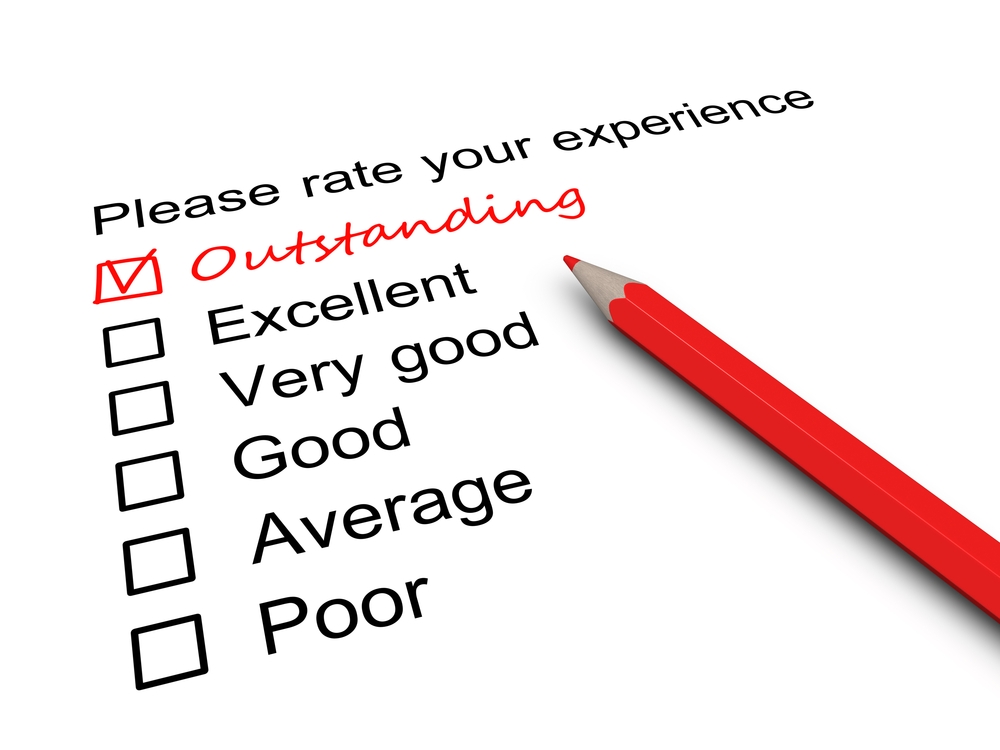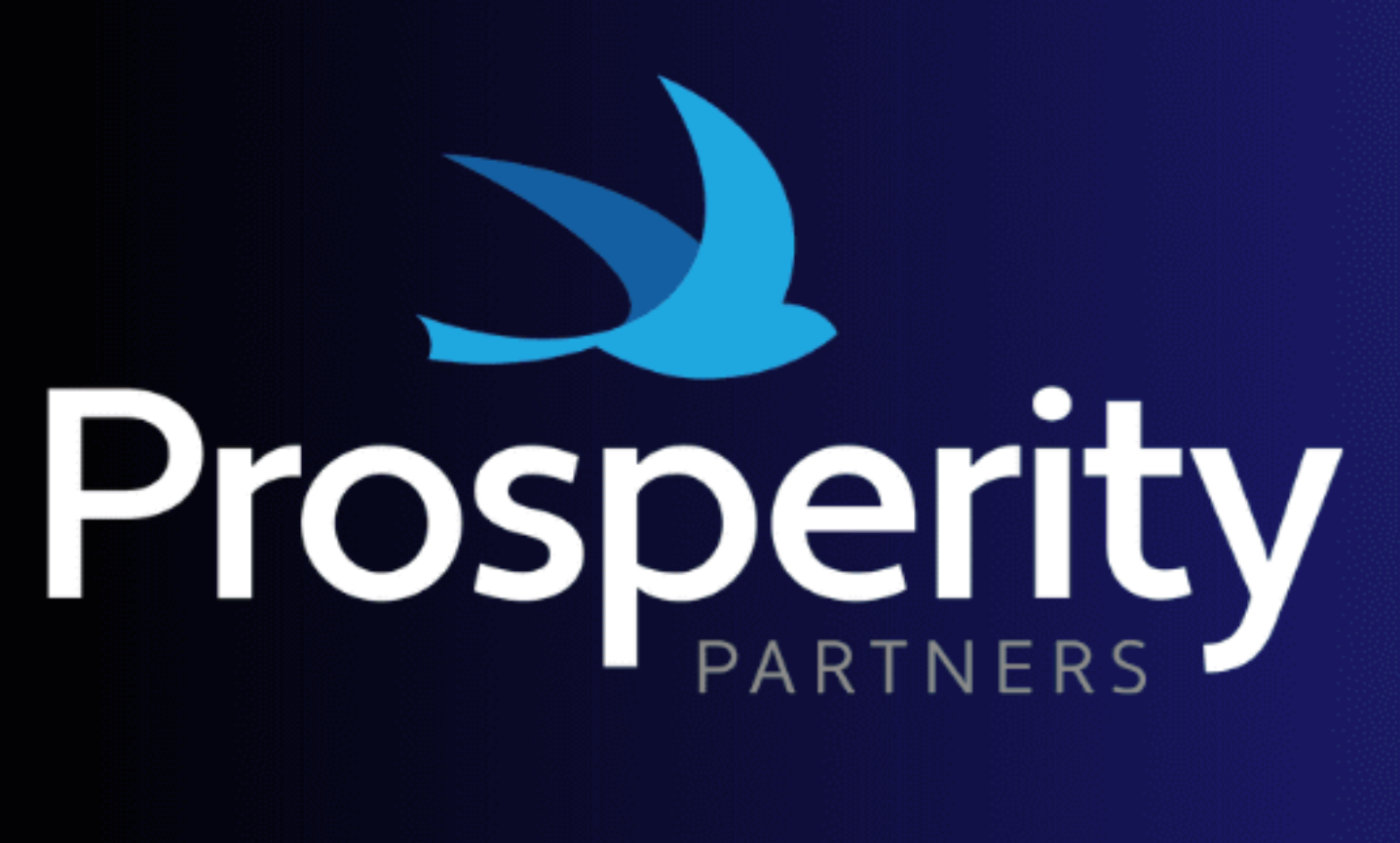By Jeannie Ruesch.
Congratulations! After a diligent search process, you found the technology solution that will meet many or most of your accounting firm’s needs; however, this is only the first part of the process. Now that you’ve identified the right solution, it’s time to implement it. Adopting new technologies comes with its own challenges—but with the right strategy, you can make this part of the process a bit smoother.
A Common Challenge
At a recent webinar for accountants on kickstarting a CAS practice with bill pay automation, participants were asked about the biggest barriers to introducing new technology at their firms. There was consensus that the biggest barrier was getting all parties on board, and this encompassed firm leadership and staff as well as clients. This mirrors what we’ve seen in recent Bill.com research, showing that the challenge is fairly common across the board. This should provide relief to any firm worried that this was unique to them—because a shared, common challenge means a shared interest in a solution.
Leadership Alignment at Your Firm
Getting leadership buy-in is a crucial step to any tech implementation. You need an executive sponsor to help shepard this change through – and the larger your company, the more important that sponsor is. However, it’s likely your leadership team won’t be the day-to-day users of this tech, so the key here will be to show how adopting new technology will enhance your firm’s bottom line. Be prepared to demonstrate which processes will be enhanced and how this ties back to benefit the firm. This could include:
- Time and resources saved due to increased efficiency
- Reduction of errors once manual processes are automated
- More accurate and/or timely reporting
Additionally, be sure to highlight any new lines of revenue that could result from implementing new technology. For example, if employees are able to focus on higher-value work or have more time for upskilling, does this allow the firm to offer new services? It is also worthwhile to recognize how a shift away from more menial tasks to a more fulfilling workload could positively impact your firm’s talent retention and recruitment efforts.
Leadership alignment isn’t just a hurdle for accounting firms — it’s also a pain point for your clients. In a survey that Bill.com recently conducted with Wakefield, 34% of respondents — in this case CFOs, finance VPs and Controllers — listed leadership not making the necessary investment as a technology pain point.
Securing Staff Understanding and Support
The best way to get your staff onboard with a planned tech adoption is to incorporate the principles of a strong change management approach. Start by creating a detailed plan for introducing this new technology and rolling it out at your firm. This should include the following:
Craft the right announcement.
If you have the right approach when announcing this change, new technology is something that could be exciting! Rather than immediately getting into the weeds, focus first on how this will benefit the members of your team. Keep in mind that the benefits may be different based on the role of each team member: while manager-level staff may be more interested in how this technology will impact client relationships, junior staff may just want to know how this implementation will make their job easier.
We’ve heard anecdotally from many accounting firms that once their staff understood how new technology was going to reduce the amount of manual and/or repetitive work they were responsible for, the changes were immediately relatable and team members were much more receptive.
Find your champions.
Identifying key team members who can act as cheerleaders for your new tech will help maintain morale throughout the adoption process. Being a true champion, however, goes a step farther than just having a positive attitude. Empower your staff to become familiar with how the technology works and how it can be best utilized to meet your firm’s needs.
It is essential to have your team aligned and up-to-speed before new technology is introduced to clients, especially team members who are on the front lines of client engagement. Client perception of the changes you are implementing will be influenced by how your staff feels, so you’ll want to be conveying a tone of confidence and positivity.
Many technology solutions offer advanced training and/or certifications for their products. This is an opportunity for team members to carve out new roles for themselves as official or unofficial tech “experts”—which not only provides a resource for individuals who need more guidance, but also gives these champions a sense of ownership and a stake in the process, which can help with talent retention.
Plan, plan and plan again.
Review and refine day-to-day processes to account for where new technologies will play a role. Empower team members to weigh in on the process, and consider how you can align employee interests with the needs of the firm. Once a proposed process has been determined, consider a slow rollout that leaves time to tweak the process before the switch is 100% flipped.
One way to do this is to beta test the new process with a small number of trusted clients. This provides staff with a chance to increase their familiarity with the technology before it is implemented more widely, including identifying initial pain points and developing some early best practices.
Also be prepared for the inevitable momentary loss of production as your staff gets ramped up – this is normal. If you prepare for it and help them understand it’s coming and expected, you’ll be able to work through it together as they learn new workflows and new ways of thinking about and doing their jobs.
Getting Clients to Use New Technology
Similar to how important approach is with your internal team, careful consideration when you announce new technology to your clients can create excitement and acceptance when done properly. Your firm is a trusted partner for your clients, and this change is just one way you are showcasing your ongoing commitment to efficiently meeting your clients’ needs. Keep the following components of a strong announcement in mind.
- Messaging: Create aligned messaging regarding new technology, including an understanding of what it is, the value it brings to clients, and why your firm is making the switch. Clients should have a clear understanding of how this technology will enhance and simplify the services you provide.
- Open Dialogue: This is an opportunity to reinforce your clients’ trust in your firm – show that you know them, and their pain points, and that you’re committed to alleviating them in the most efficient way possible.
- Provide Support: Clients should feel supported throughout the implementation process, so make it very clear if your firm plans to provide training or resources. Training clients on new software is a win-win: you can showcase tech expertise and build stronger client relationships and at the same time ensure clients are getting onboarded faster and (hopefully) easier.
- Timing: Just like staff will need time to adjust, allow time for customers to digest this information and ask questions before the technology is rolled out. The goal here is to be as flexible and accommodating as possible. The last thing you want is for clients to feel like this change was sprung on them.
In the same Bill.com survey mentioned above, 40% of the finance leaders we surveyed stated that they are planning to automate financial processes in 2022. This provides an opportunity for accounting firms to act as a guiding hand for their clients during the decision-making and implementation process.
A Steady Hand for a Steady Adoption
There’s no silver bullet solution that is going to solve all of your needs—yet. In the meantime, it is important to keep innovating and to ensure that all stakeholders impacted by the solutions you choose to implement remain informed and reassured that your firm has their best interests in mind when it comes to new technology.
——
Jeannie Ruesch is the senior director of marketing at Bill.com and has been in the accounting industry for more than seven years. She previously worked at Xero and The Sleeter Group. She has more than 20 years’ experience in brand creation and strategy, design, social media development, demand gen, and customer marketing. She’s a tech geek at heart, an author, an award-winning graphic designer, and loves finding ways to help customers solve problems.
Thanks for reading CPA Practice Advisor!
Subscribe Already registered? Log In
Need more information? Read the FAQs
Tags: Benefits, Firm Management





![LBae43Bh_400x400[1]](https://www.cpapracticeadvisor.com/wp-content/uploads/2022/04/LBae43Bh_400x400_1_.5fd8087c94530.png)